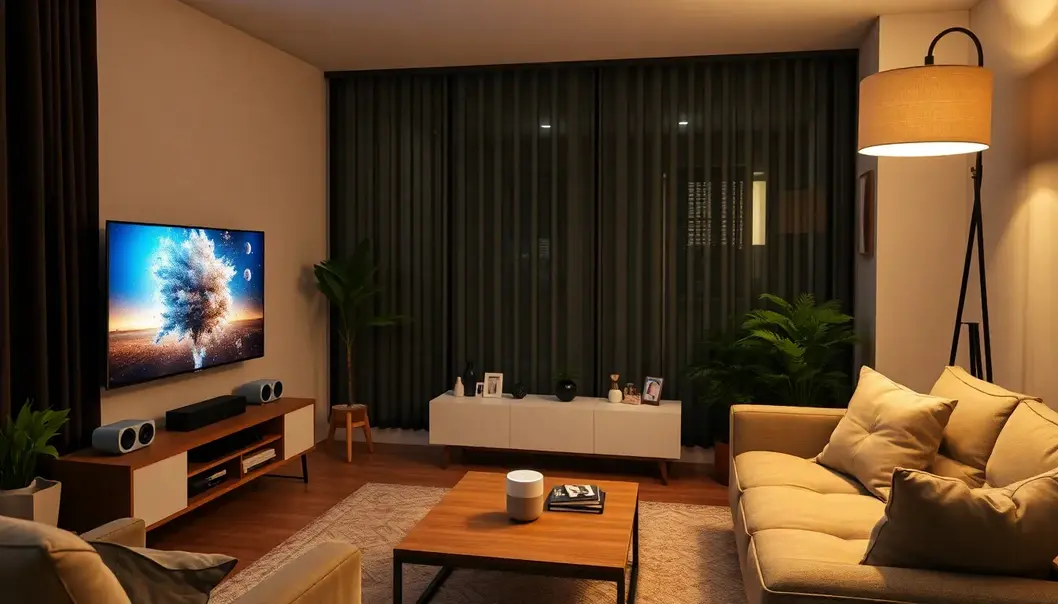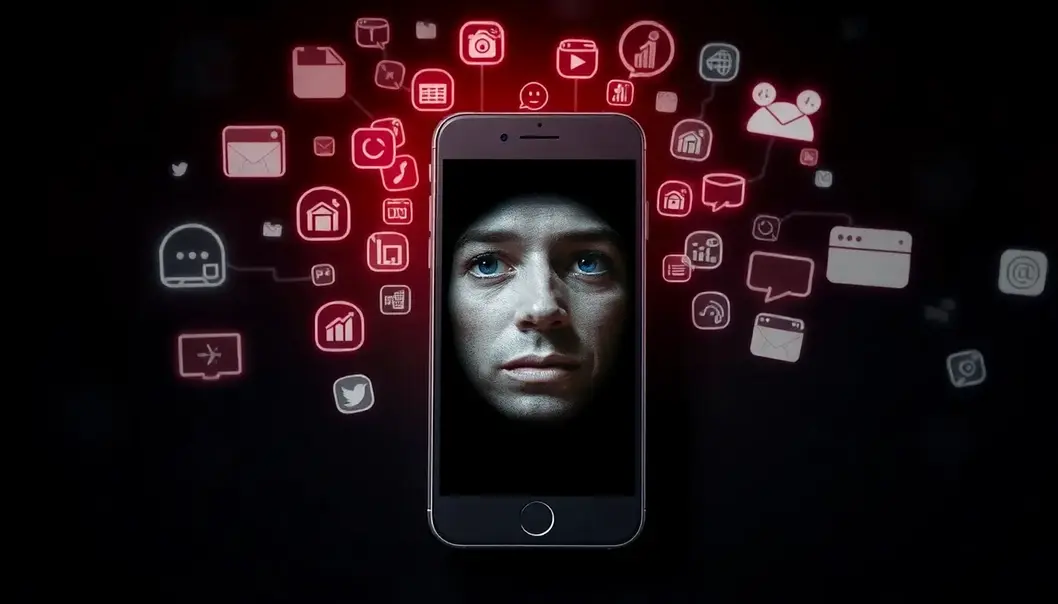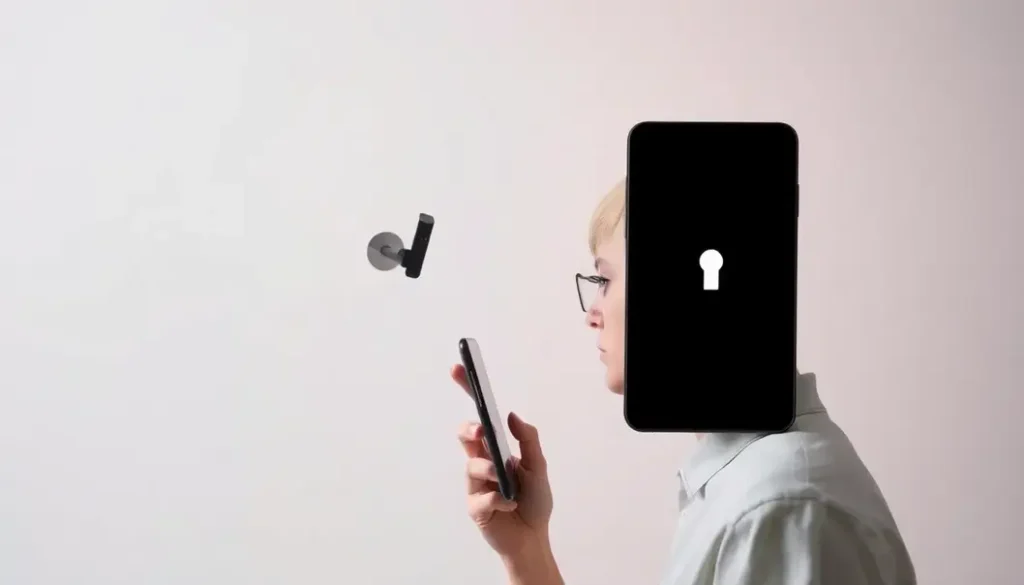Picture this: you’re sitting at your desk, and your smartphone reminds you of an event you didn’t even remember setting. Incredible, right? But what happens when the gadgets that make our lives so much easier start to know a little too much? There’s a fine line between helpful and intrusive, and it’s getting blurrier. As technology gets smarter, it brings both convenience and concerns. From smart TVs that listen to our every word to AI suggesting our next purchase before we’ve even thought of buying it, the evolution of technology is fascinating yet slightly eerie. Let’s dive into what happens when technology becomes just a tad bit too smart.
The Promise of Smart Gadgets

The evolution of technology has led to an era where devices can do much more than just follow basic commands. Smart gadgets have seamlessly integrated into our lives, offering conveniences that were once unattainable. These devices furnish a new level of efficiency, tailoring the environment to fit our needs almost instinctively.
One of the most significant benefits of smart technology is its ability to save time, a resource everyone values. Consider automated lighting systems that adjust based on natural light levels and room occupancy. Such features not only conserve energy but also cut down the need for manual control, streamlining daily routines. Similarly, advanced calendar applications intelligently schedule our time, sending alerts for reminders and mitigating the dread of missing appointments.
Smart gadgets go beyond efficiency by anticipating user needs with remarkable precision. Virtual assistants, equipped with sophisticated algorithms, learn from behavior patterns to provide personalized recommendations, from playing music matching our mood to suggesting alternative routes during traffic congestion. This ability to foresee user preferences enhances user satisfaction, turning once tedious tasks into moments of convenience and enjoyment.
In the home, intelligent thermostats ensure comfort without constant manual adjustments, adapting to weather changes and personal preferences over time. These advancements create cozy spaces while lowering utility costs, presenting a sustainable solution for energy management. On a broader scale, smart cities utilize connected devices in public transportation systems, decreasing commute times and creating smoother urban experiences.
The benefits of smart technology extend to pet care as well, enhancing not just human lives but also the well-being of our animal companions. For instance, smart feeders ensure pets receive their meals on schedule, while connected toys keep pets mentally stimulated. For more pet care insights, you can explore tips for selecting the ideal bedding for your dog which complements the nurturing aspect of smart technology.
Smart gadgets impress with their capacity to make life easier across varied environments, from homes to bustling cities. While they are praiseworthy for their convenience and user-centric design, the conversation does not stop here. As technology continues to evolve, we must tread carefully, ensuring that the line between anticipating needs and intruding on privacy is not blurred.
When Smart Turns to Intrusive

As technology integrates seamlessly into our lives, its ability to predict and adapt often borders on omniscience. However, when smart turns intrusive, these advancements may provoke unease. The once-welcomed convenience could herald privacy concerns, causing users to question if their smart devices are overstepping. Privacy, a fundamental human right, feels jeopardized when our actions, movements, and preferences are constantly monitored and recorded.
Consider smart home assistants. They promise convenience by learning our habits to adjust lighting, temperature, or media playback. Yet, their microphones and cameras are always listening and watching. Instances of devices activating without prompting raise fears. Who else might be listening? Such occurrences underscore the delicate balance between help and surveillance.
Similarly, location-tracking apps offer priceless utility in navigation and safety. However, when our minute-by-minute location history is up for grabs, questions of data security and unauthorized access arise. Is our data sold to the highest bidder? Are authorities able, with ease, to trace our every step?
Users are uneasy as privacy breaches become oft-reported news items. Massive data leaks have highlighted how personal information can be exploited. The sheer volume of collected data means unauthorized access can lead to identity theft, financial woes, and a loss of personal security. Many have begun to wonder if our rushed adoption of smart technology came at too high a price.
To strike a balance between convenience and privacy, users can prioritize several key practices. First, they should scrutinize privacy settings of their devices—many default to maximum data collection. Limiting what is shared can mitigate exposure. Regularly updating software ensures patches for security vulnerabilities are applied. These updates not only improve functionality but also bolster defense against unauthorized attempts to access information.
Moreover, adopting multi-factor authentication adds a layer of security. Using simple passwords or the same login credentials across multiple sites invites trouble.
Another effective strategy is disabling features that are seldom used. Microphones and cameras need not be enabled when unnecessary. Similarly, turning off location tracking when it’s not essential can safeguard your movements. Vigilance in downloading apps is equally crucial. Users should only download from reputable sources, carefully reviewing permissions each application requests.
Finally, investing in privacy education is invaluable. As technology evolves, so do cyber-attacks. Staying informed about potential threats empowers users to respond agilely and make informed decisions about the technology they allow into their lives.
Such mindfulness in embracing technological advances enables us to retain control over our personal realms, preserving a sense of security while still enjoying the innovations designed to enrich daily life.
Explore more on maintaining privacy while living with technology by visiting key questions before adopting a pet. Even pet ownership involves weighing the impact of technological conveniences and privacy.
Final words
As technology continues to evolve, it’s crucial to maintain a balance between its conveniences and our privacy. While smart gadgets promise unprecedented convenience, we should be aware of their capabilities and limitations. Staying informed and taking action to protect our privacy means we can enjoy the benefits of a digital world without feeling overly monitored or controlled.
Stay informed and protect your privacy while enjoying smart technology! Visit us at TechGuides.
Learn more: https://www.techguides.com
About us
TechGuides offers insightful resources and practical tips to keep your tech usage both smart and secure. From understanding privacy settings to navigating the latest in gadget innovation, TechGuides helps you balance technology with your personal needs.

